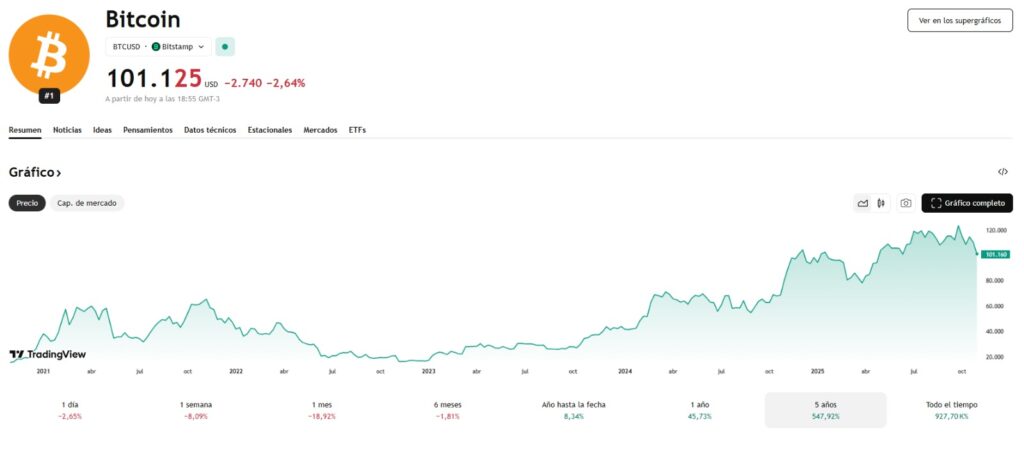Throughout history, money has emerged from goods that were already exchanged in the market for their subjective value, before becoming widespread means of exchange. Metals such as gold and silver were adopted as money because individuals already valued them and used them in voluntary transactions, for their rarity, durability, or industrial uses.
To understand what makes a good become money, we must ask ourselves: what functions must it fulfill? From the economic perspective, Money is a generally accepted medium of exchangea unit of account that allows the value of goods and services to be compared, and a store of value that facilitates the conservation and transfer of wealth over time.
For a good to perform the functions of money, it must simultaneously meet several requirements: be divisible, so that it can be divided into manageable units; durable, to withstand the test of time; homogeneous, so that each unit is interchangeable with another equivalent; and, above all, have the general acceptance of society.
The emergence of goods that fulfill the functions of money was not planned or decreed, but rather developed spontaneously in different societies and cultures, adapting to their local needs and customs.
Mises and his «regression theorem»
Thus, as monetary instruments evolved, later specialists delved into their characteristics and how the value they really possess is determined. One of the most influential, without a doubt, was Ludwig von Mises (1881-1973), a prominent economist whose work laid the foundations of the Austrian School.
Mises analyzed money by focusing on its origin. His most notable contribution is the «regression theorem», according to which, as he himself wrote, «a good cannot be used as money unless it already has an objective exchange value based on some other use.»
Following this logic, bitcoin is no exception: since its inception (2009–2010) it already had an objective exchange value in the market. Early users voluntarily exchanged it for real goods and services, such as 10,000 BTC for two pizzas on May 22, 2010, before it took on any widespread monetary function.
That «other use» was not physical but digital, since some early users already valued it for its privacy and resistance to censorship. But Mises does not require that it be a physical commodity: he only requires a prior objective exchange value, based on any use (industrial, ornamental, digital…).
The curious thing is that, even though these theoretical foundations support the legitimacy of BTC as money, some specialists continue to affirm that bitcoin cannot be considered in this way.
Economists such as Nobel Prize winner Eugene Fama have pointed out in interviews that this is because bitcoin has high volatility, which makes its practical use difficult both as a medium of exchange and as a store of value.
In January 2025, Fama predicted that the price of BTC could plummet to zero in the next decade, considering it more of a speculative asset than a reliable financial instrument. Similarly, Kenneth Rogoff, former chief economist of the IMF, years ago expressed skepticism regarding the monetary role of bitcoin, associating it more with money laundering risks than with economic stability.
Despite this, Rogoff would later qualify his initial statements, in which he claimed that bitcoin was more likely to fall to $100 (USD) than to reach $100,000. However, his change of position was not due to self-criticism, but rather the opposite: as reported by NoticiasVE, the academic recognized that BTC has experienced growth, although he attributed it to irresponsible behavior by businessmen and public policies.
This position underestimates the strength of bitcoin, not only because the asset does not contradict Mises’ theoretical foundationsbut also for the concrete achievements it has achieved over the years, evidencing a global adoption that has boosted its status. The volatility argument is, in essence, unsustainable.

From digital experiment to institutional asset
Bitcoin’s achievements have not been few. In 2021 it was adopted as legal tender in El Salvadorand has since received recognition from regulators in numerous countries. Even some jurisdictions, such as the United States and Bhutan, have included it in strategic reserve projects, each with its own particularities.
Today, the project devised by Nakamoto has established itself as a store of digital value with constantly growing institutional adoption. When large corporations, such as Strategy and Metaplanet, incorporate it into their balance sheets, they are recognizing its value as a strategic hedge against inflation and the devaluation of fiat money.
This action, although it does not convert BTC into money by itself, does fulfill a crucial function: legitimizes its objective exchange value in the institutional market.
Furthermore, the fact that millions of people use it in daily transactions in Africa, Latin America, or through global payment processors, demonstrates that the consolidation of BTC as a store of value is actively promoting its function as a medium of exchange.
Institutional support therefore functions as the catalyst that is taking bitcoin down the path that monetary evolution predicted: from a commodity with pre-existing market value, to an accepted store of value, and finally to a universal medium of exchange.
By breaking the chain that traditionally linked value and physical merchandise, what Satoshi devised not only challenges the classical conception of currency, but also inaugurates new possibilities for wealth management. Following the logic of Mises’ regression theorem, the monetary legitimacy of bitcoin has been built and expanded in a clear sequence: from its initial subjective value, it has been consolidated as a solid reserve of value, to finally achieve progressive acceptance as a medium of exchange.